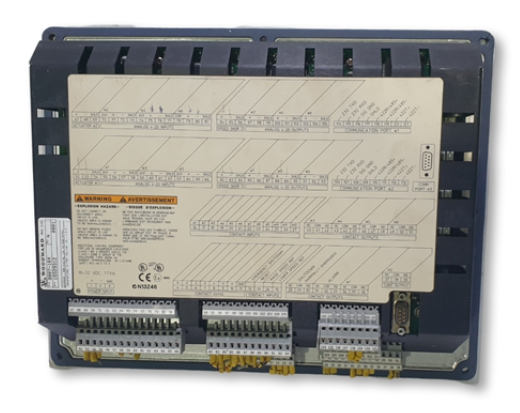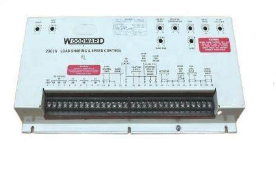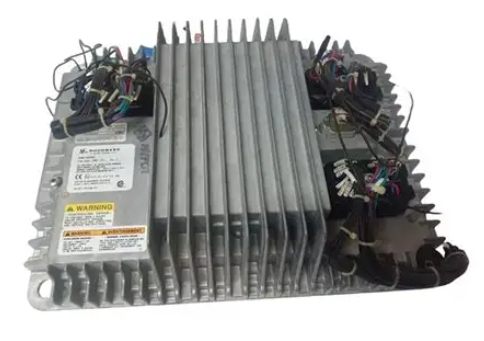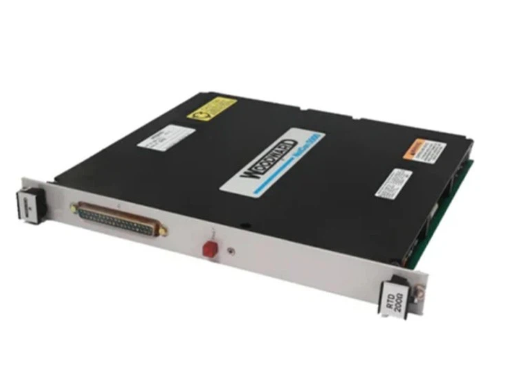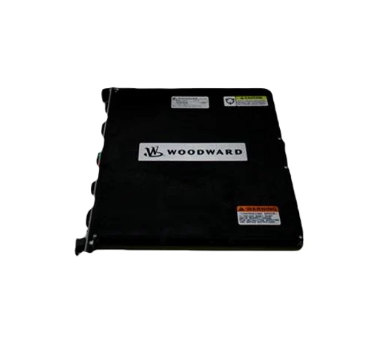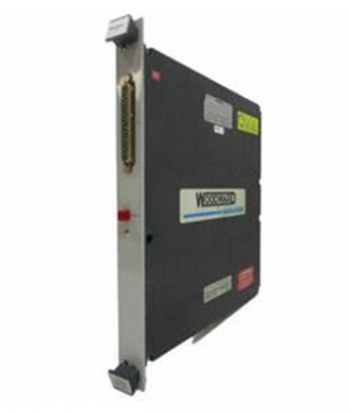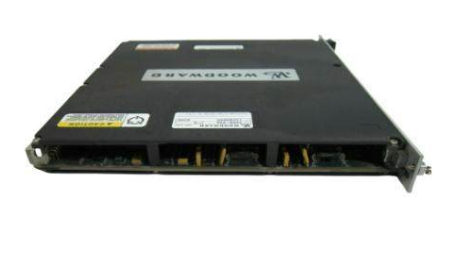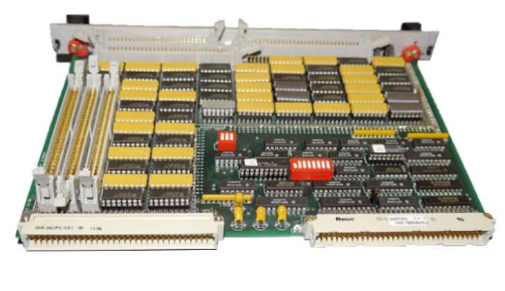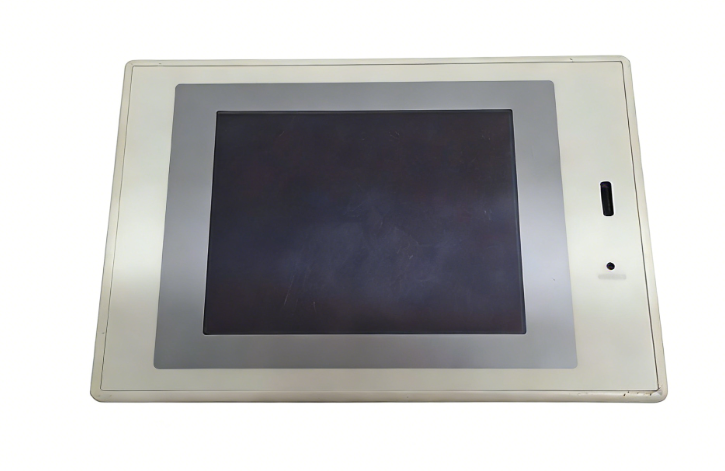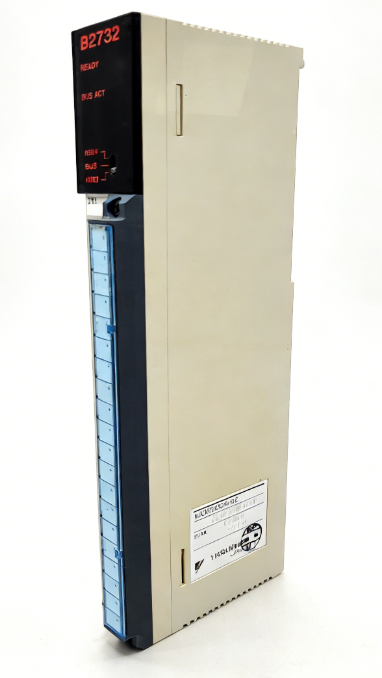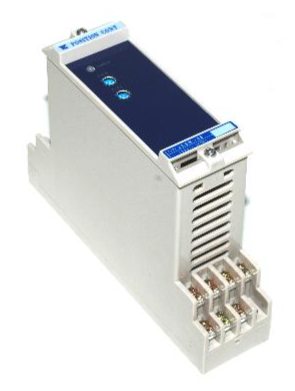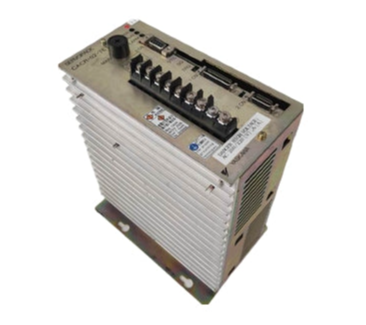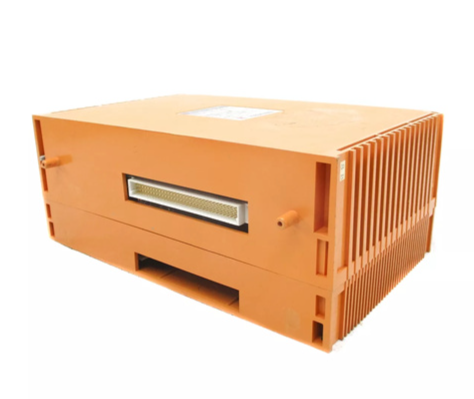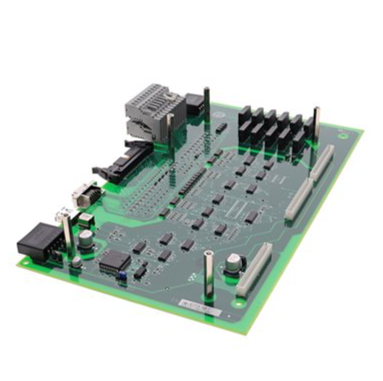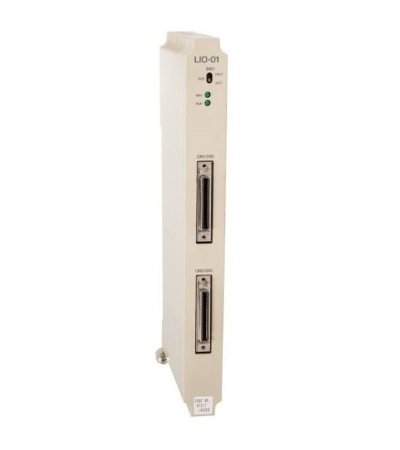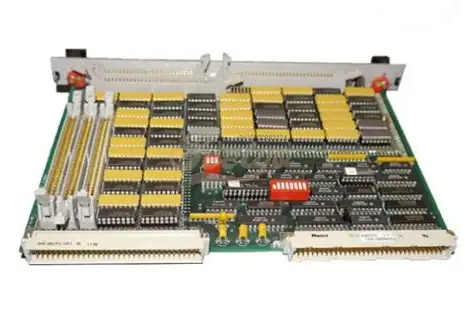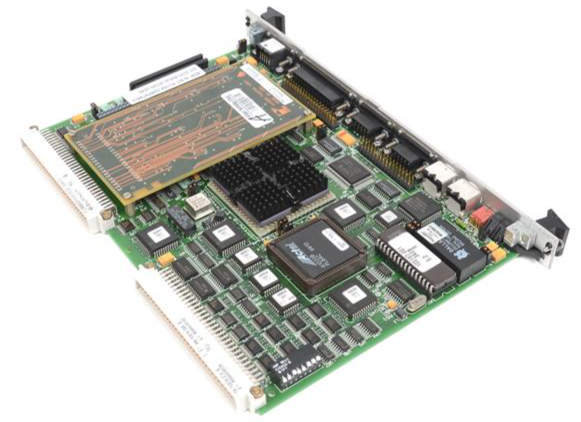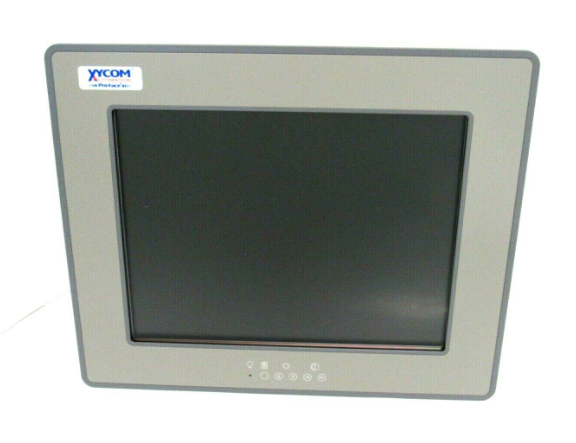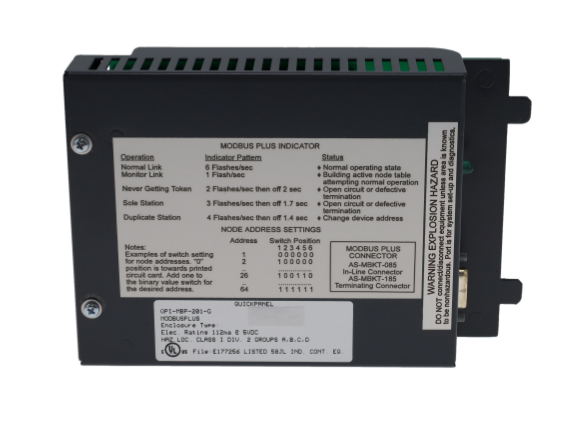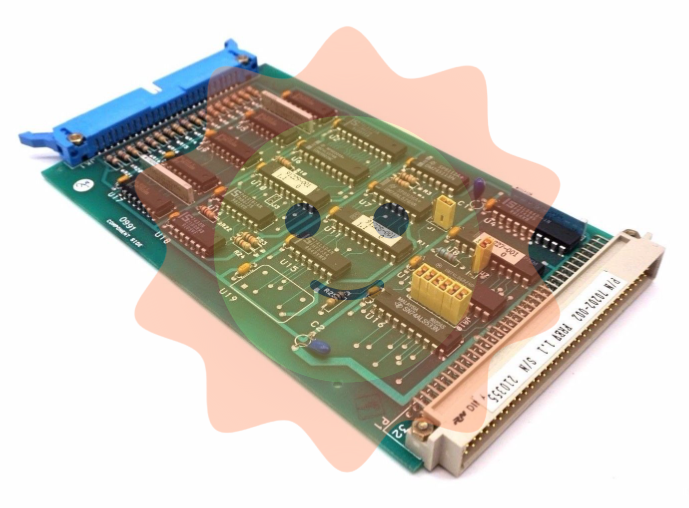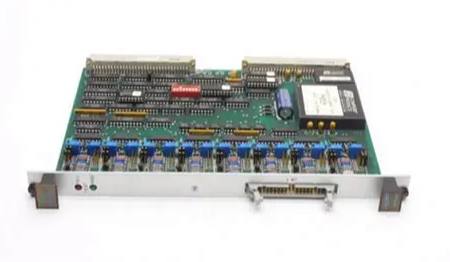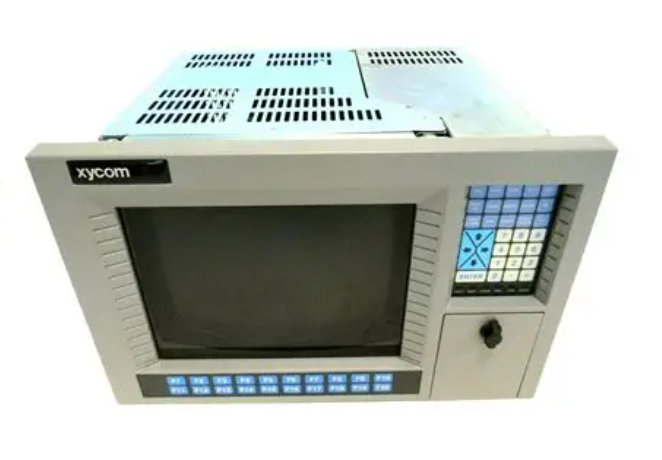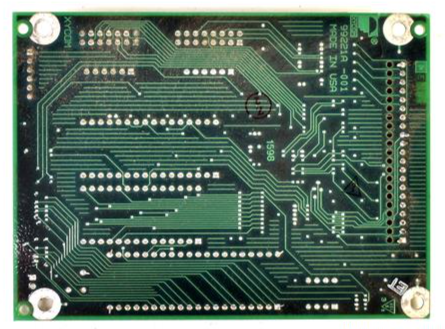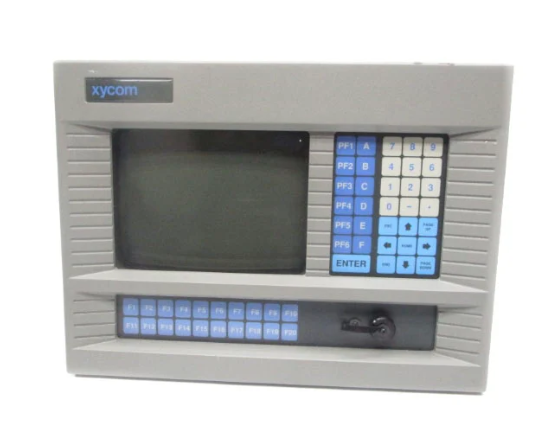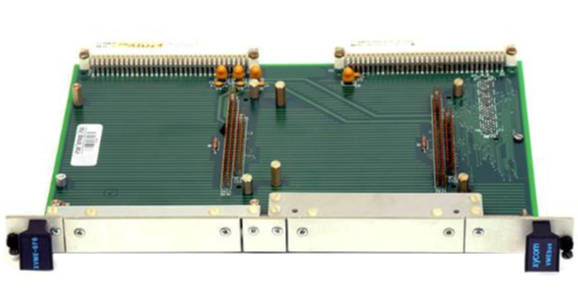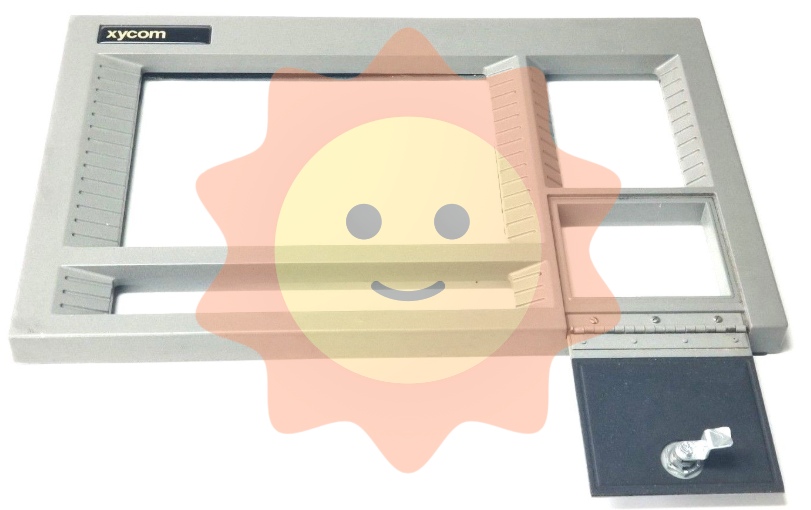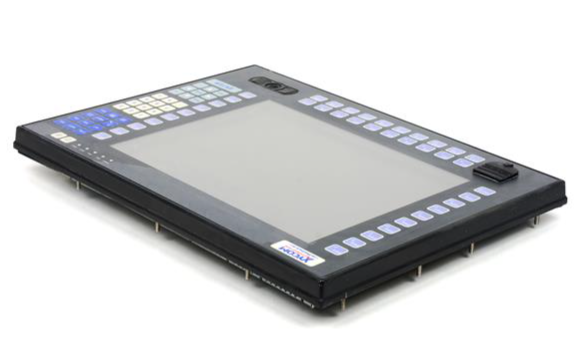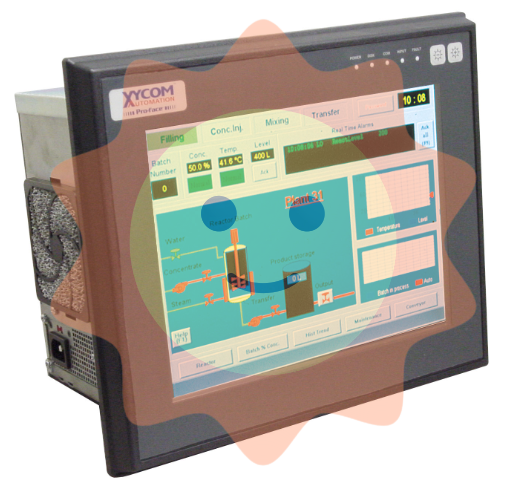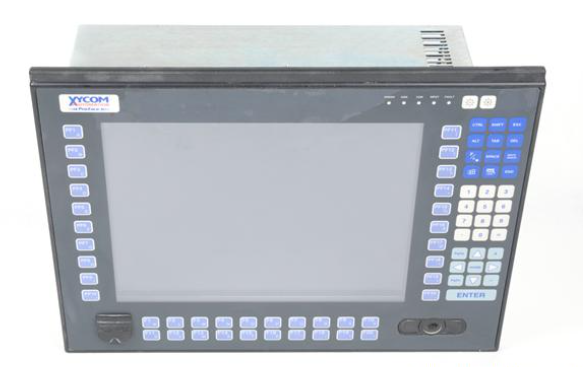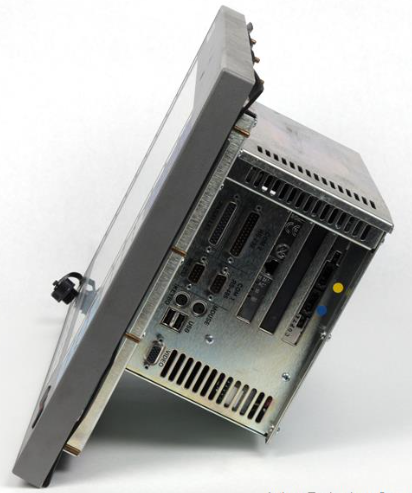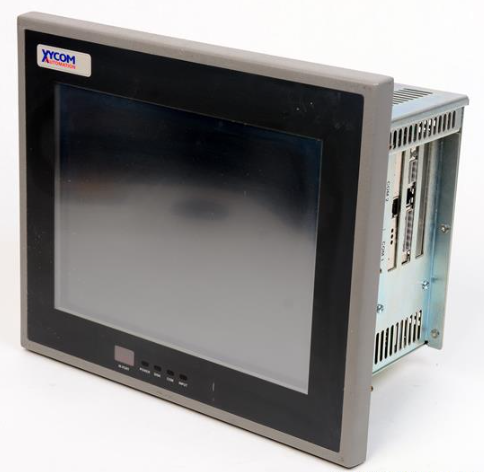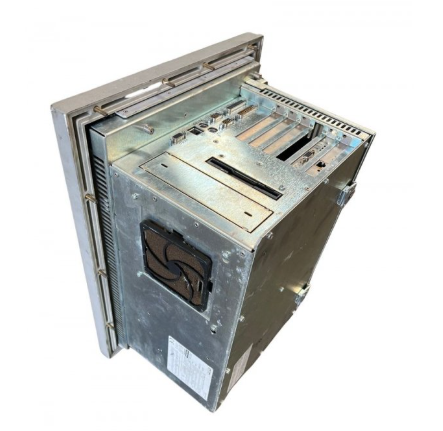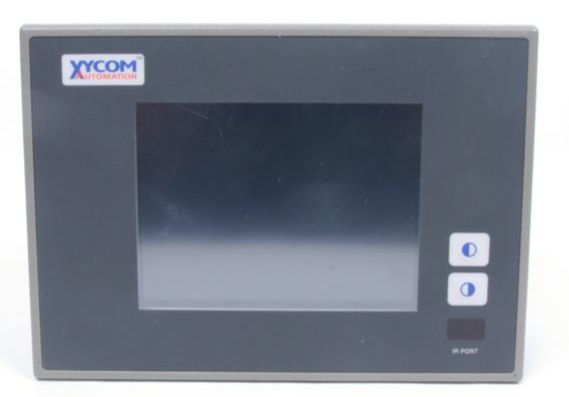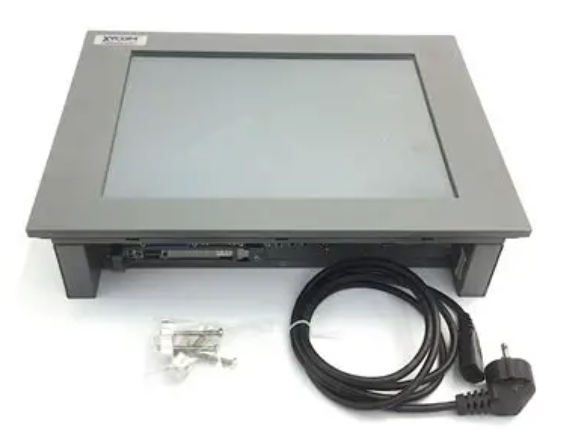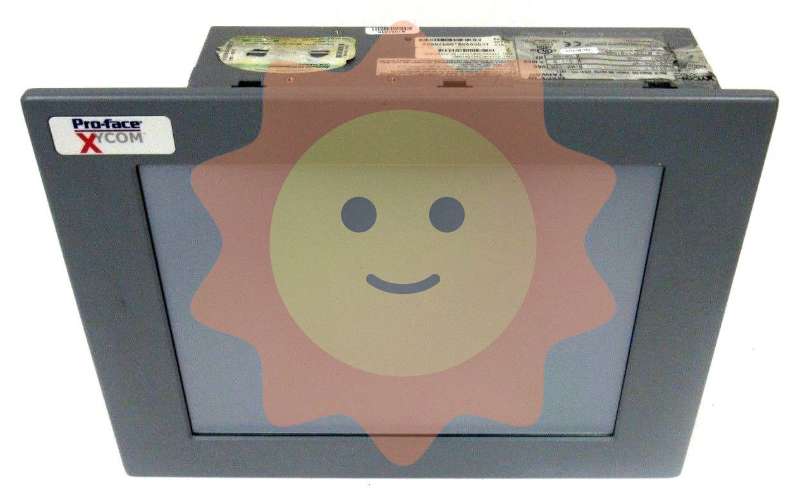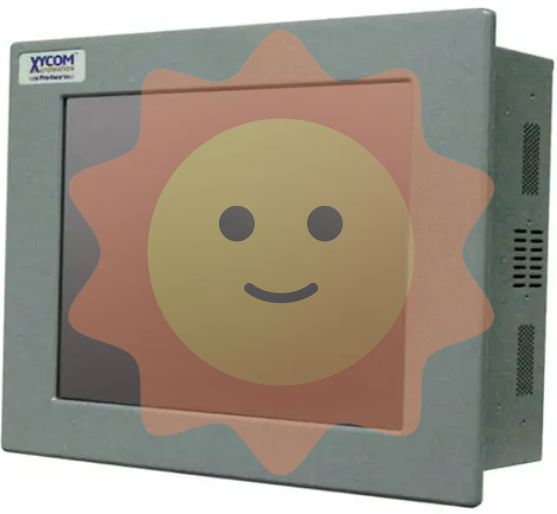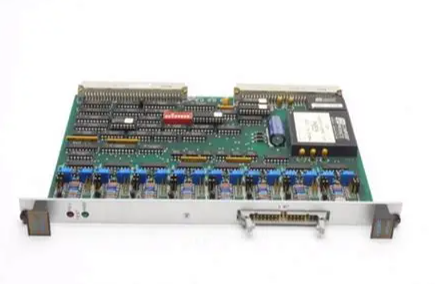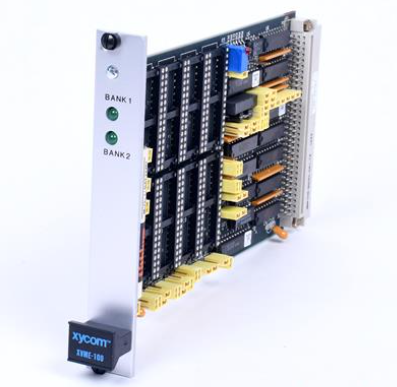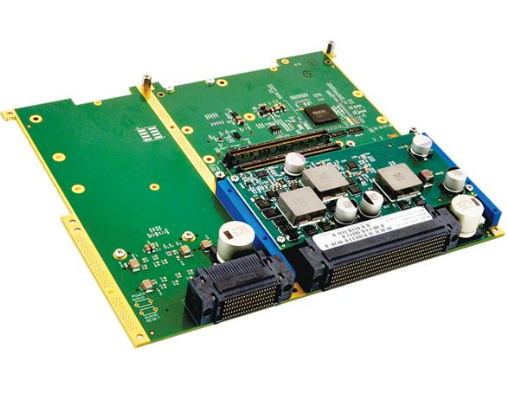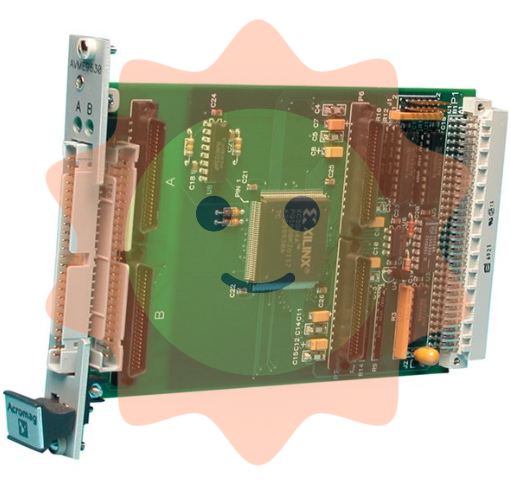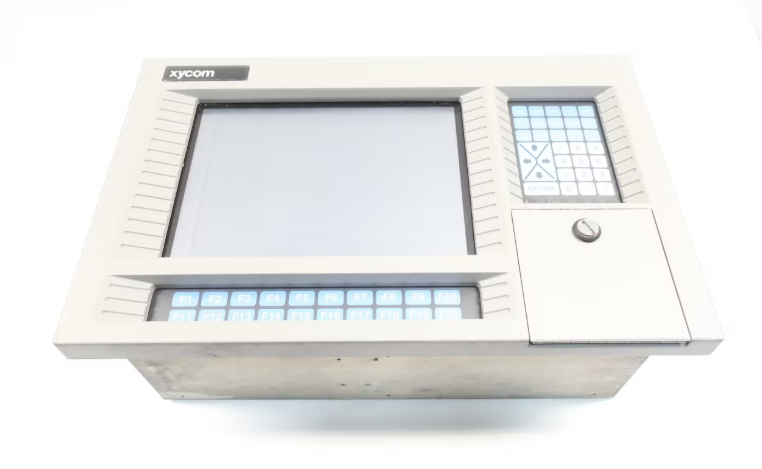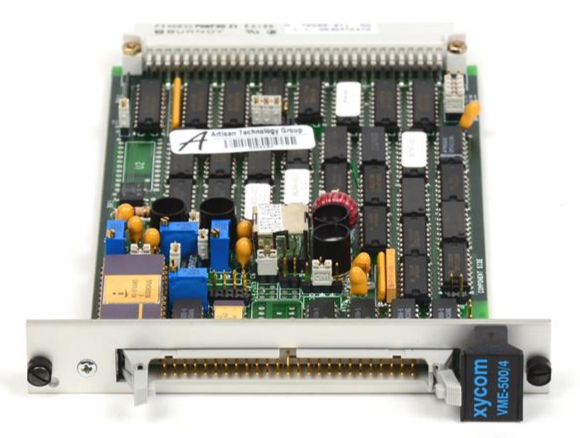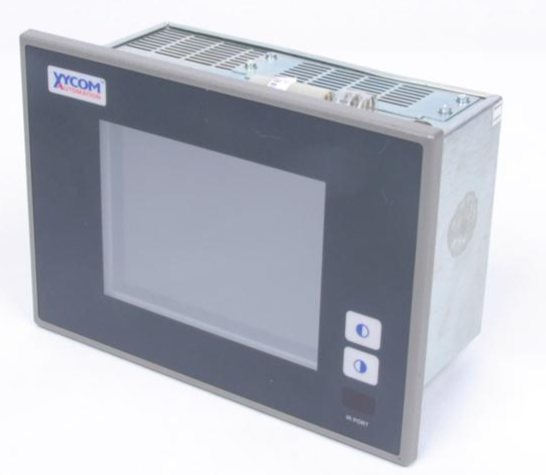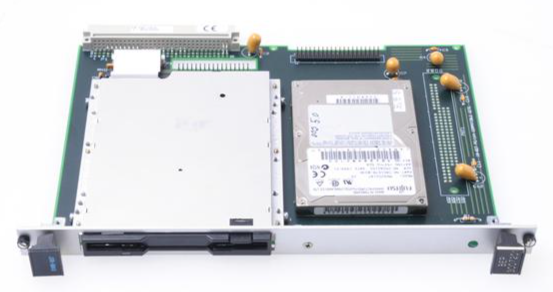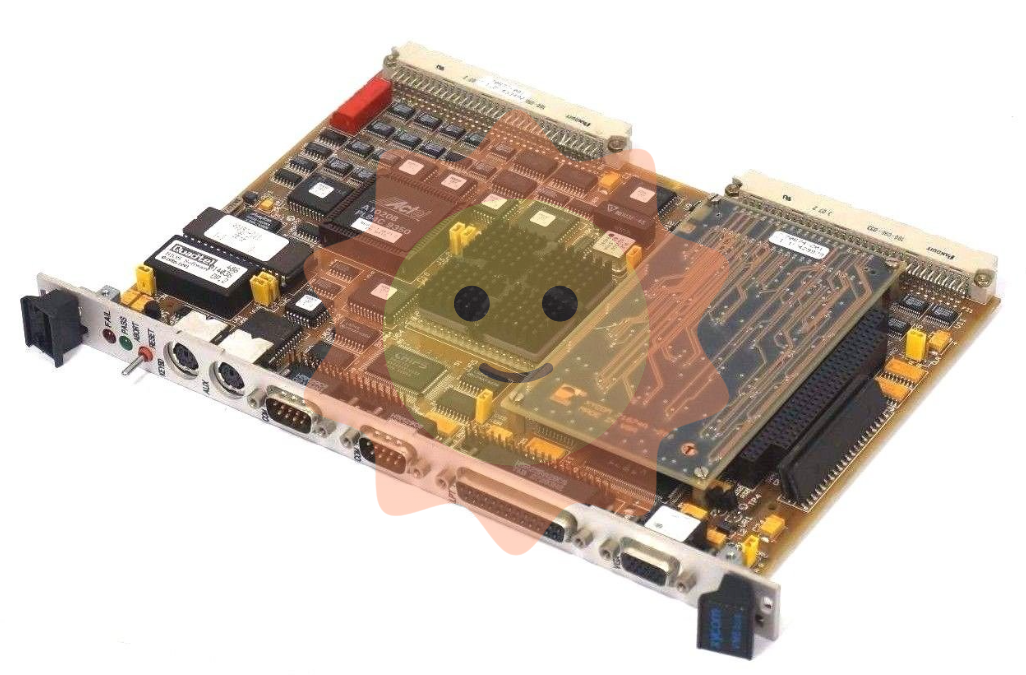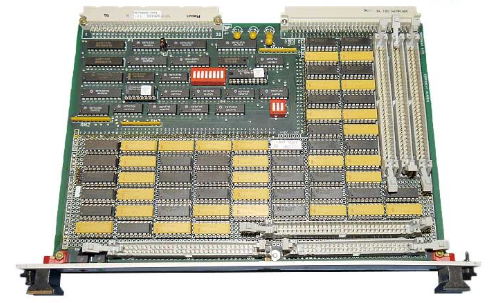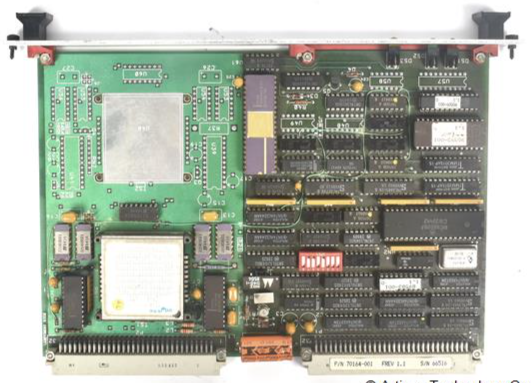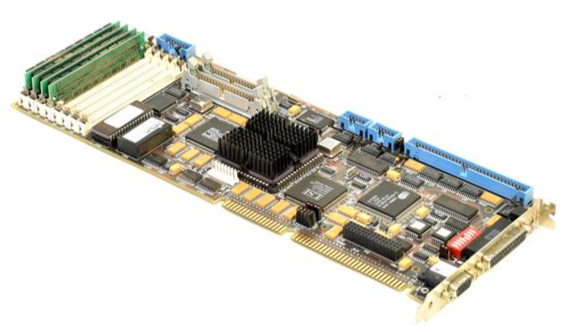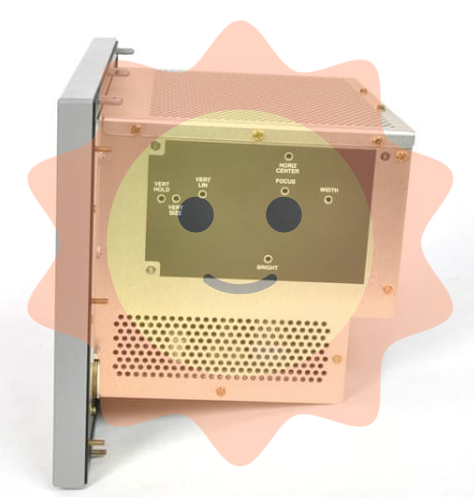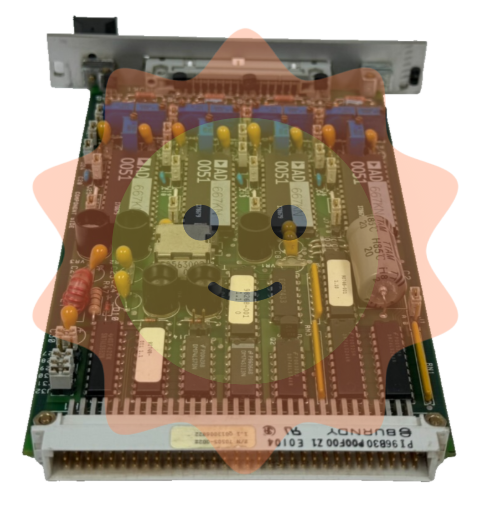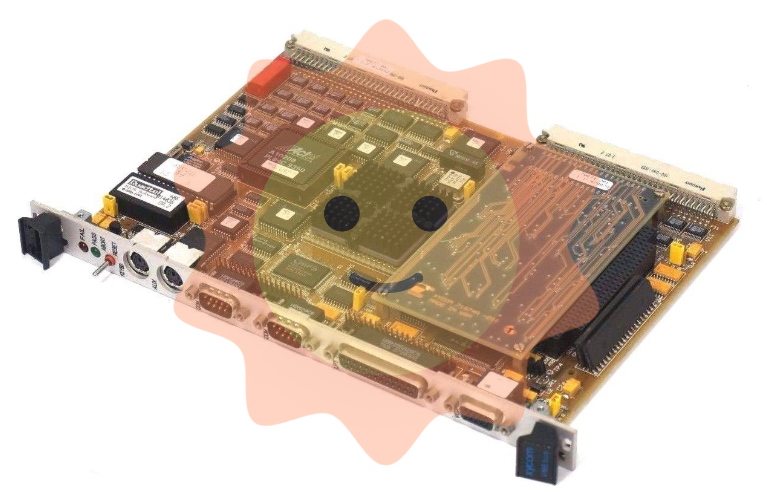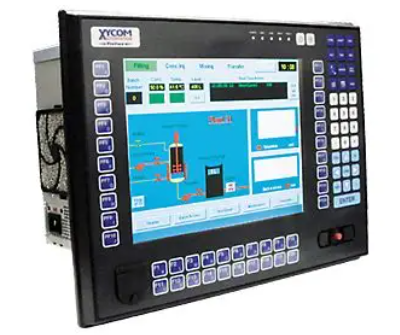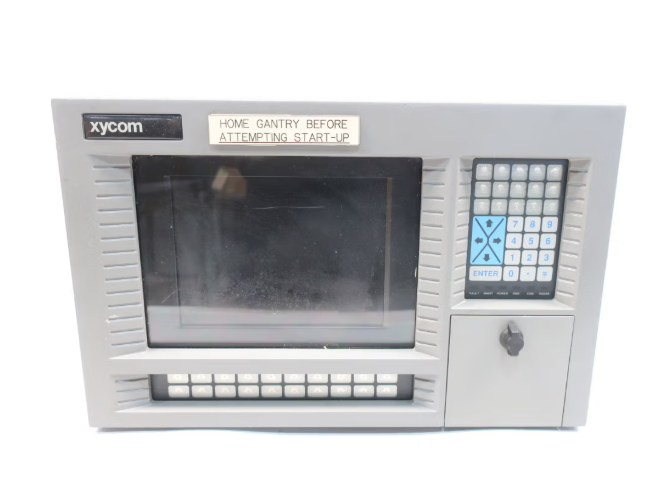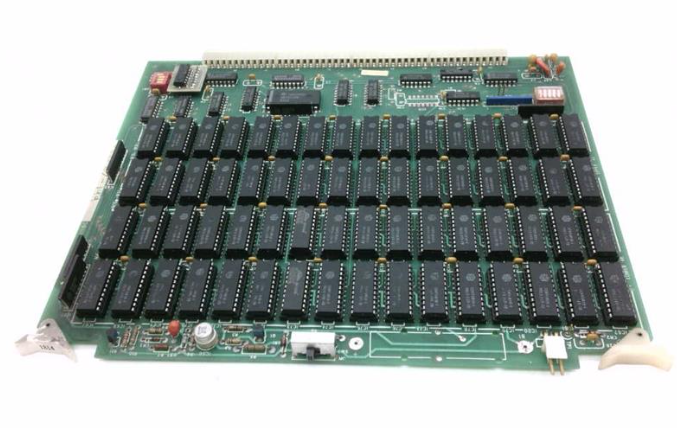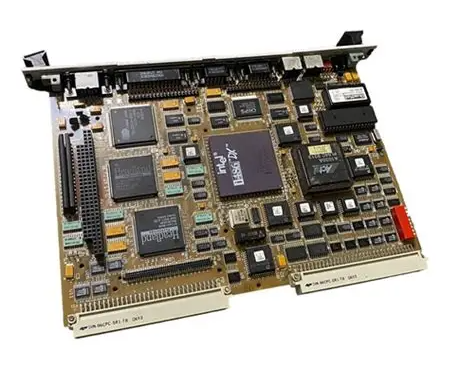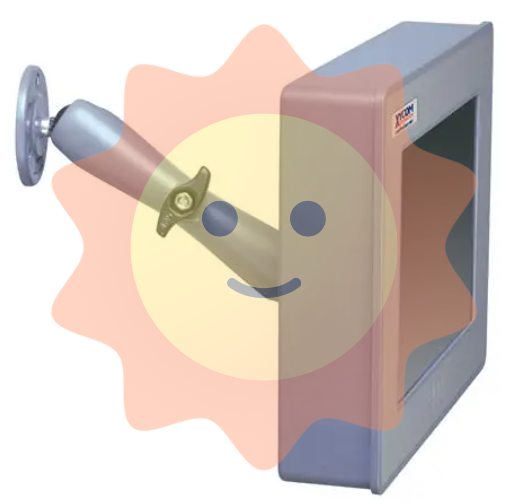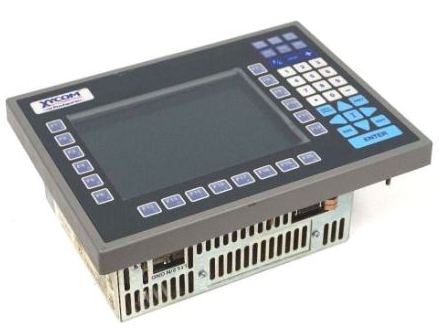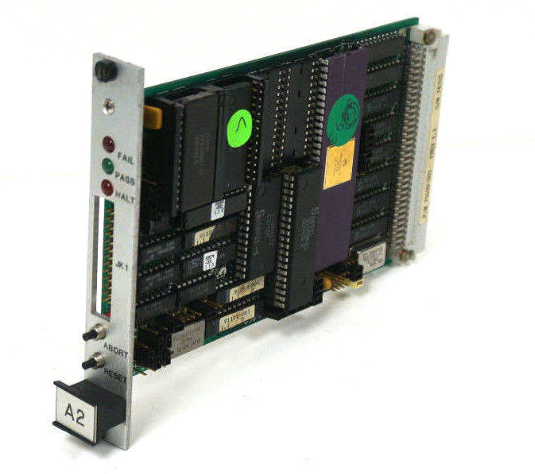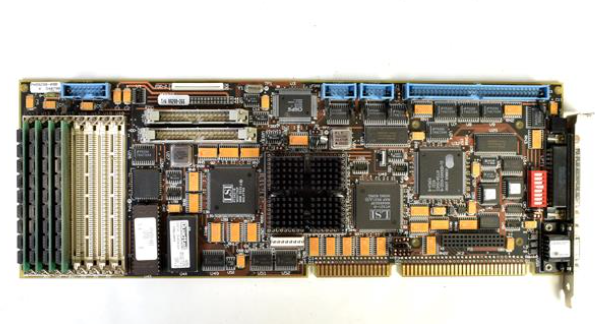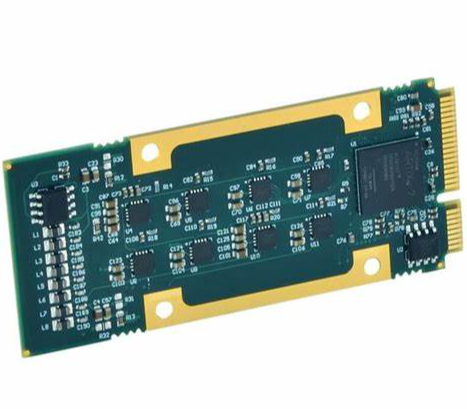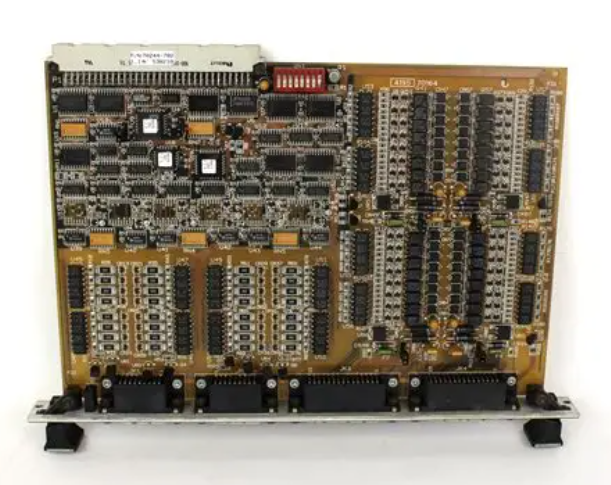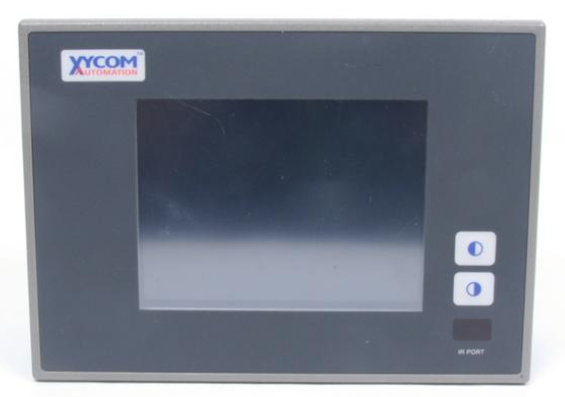The value discovery of photothermal power station from a new perspective
Solar thermal power generation: a unique clean energy storage and power generation system
Principle of photothermal power generation: light → heat → mechanical energy → electricity
Solar Power generation (Concentrated Solar Power, referred to as "CSP") is a kind of solar concentrated thermal power generation technology, solar radiation energy is focused to the heat absorber through mirror reflection, molten salt or thermal oil heat storage medium heat up, and then in the heat exchange device to add hot water working medium to drive the turbine to convert heat energy into electricity. Output electrical energy. The solar thermal power station consists of four modules: light gathering system, heat absorption system, heat storage and exchange system and power generation system. Heat transfer and heat storage and transfer technology is one of the key technologies of photothermal power generation, and the performance of heat transfer medium directly affects the efficiency and application prospects of the system. The commonly used heat transfer medium of photothermal power station includes water steam, air, thermal oil and molten salt.

At the early stage, the technology path of solar thermal power generation was mainly trough type, and tower type power station is the mainstream at present. According to the different forms of light concentration, the photothermal power generation system can be divided into tower type, trough type, linear Fresnel type and disk type. Among them, the tower type and the dish type are point focusing, and the light gathering ability is higher than the line focusing. Trough type because of its lower cost investment in the early project accounted for the vast majority of the proportion of solar thermal power generation, the global trough accounted for about 77%, tower type about 20%, line type about 3%. The concentration ratio of tower-type heat collection system is higher than that of trough type, the operating temperature is high, and the heat storage capacity is large, but the system construction threshold is high and the investment cost is high, which restricts the early development. China's light and heat development is late, so the tower technology is mainly, the tower accounted for about 63.1%, the trough only 25.5%. The light concentration ratio of line type power station is only tens of times, and the annual power generation efficiency is only about 10%, so the proportion is relatively low. The disc solar thermal power station has a small scale and no heat storage device, and is only used for space solar power stations.
picture
From the point of view of heat storage medium, molten salt is the preferred heat transfer storage medium for solar heat storage at present. Compared with thermal oil, molten salt has a series of advantages such as higher operating temperature, high thermal stability and high specific heat capacity. The maximum use temperature of thermal oil is 390 ° C, beyond which it will be vaporized, and the maximum use temperature of molten salt reaches 565 ° C. The temperature of the heat storage medium has a major impact on the following heat transfer link and power generation link, and the energy below 290 ° C of the steam turbine can not be used, so the temperature difference of the heat transfer oil can be used up to 100 ° C, and the temperature difference of the molten salt can be used up to 275 ° C, and the efficiency is nearly 3 times higher. In China, 9 of the 15 solar thermal projects that have been put into operation use molten salt energy storage, and 18 of the 27 projects under construction use molten salt energy storage (the remaining 9 are not disclosed).
In the investment of solar thermal power station, with the increase of installed capacity of tower solar thermal power station, the proportion of concentrated heat absorption system cost is also getting higher and higher. Taking Delingha 7-hour heat storage 50MW tower solar thermal power station in Qinghai as an example, the total investment of the project is 1.088 billion yuan, the cost of concentrating heat absorption system accounts for 61%, the cost of thermal power generation system accounts for 15%, the heat storage system accounts for 17%, and the rest is site preparation costs, power station supporting and infrastructure costs and indirect costs. Among them, the heliostat cost accounts for about 75% of the cost of the condenser heat absorption system, the mirror field control system cost accounts for 10%, the heat absorber cost accounts for 6%, and the heat absorption tower cost accounts for 9%. In the raw materials of the light-gathering, heat-absorbing and heat-storage subsystems, steel accounts for about 53% of the cost, molten salt accounts for about 21% of the cost, and glass accounts for about 17% of the cost.
Operation state of photothermal power generation: decoupling photoelectricity
In operation, the solar thermal power station system can be divided into three modules: concentrated heat absorption module, heat storage module and power generation module. The solar radiant power PDNI outputs thermal power Psf to the thermal medium after the conversion of the concentrator heat collector module. The thermal power Psf can be divided into heat storage power Pchg and power generation thermal power Ppb, which flow to the heat storage module and power generation module respectively. During peak power consumption, the energy in the heat storage module flows to the power generation module as the heat release power Pdsg. Each module will have a certain percentage of energy loss in the process of energy conversion, transfer and storage.

On the one hand, when the solar radiation is different, the heat storage and heat release state of the solar thermal power station are different, and the energy flow mode will change accordingly. On the other hand, the load demand characteristics of the different regions connected to the solar thermal power station are different, and the power grid has a great difference in the power generation demand of the solar thermal power station, and its energy flow mode is also different. According to the different working states of the three modules, the typical energy flow mode of the solar thermal power station can be divided into six categories. With the timely conversion of different energy flow modes, several solar thermal power stations in operation around the world have demonstrated their ability to generate electricity continuously 24 hours a day for many days. CSSC Xinneng Urat 100MW trough solar thermal power station has achieved continuous power generation for 12 days without shutdown under the condition of 6 cloudy days; The Delingha solar thermal power Station in Qinghai also reached a record of continuous operation for 12 days (292.7 hours). The longest uninterrupted power generation time of the first voyage of the high-tech Dunhuang 100MW tower solar thermal power station is about 263 hours.
Short-term point of view: New positioning of solar thermal energy storage burst into new vitality
Thermal location change: independent power generation → auxiliary power generation
In the early days, photothermal and photovoltaic developed together. In China, as a new energy power generation method, photovoltaic and solar thermal are in the initial stage of development before 2010, and have not yet formed a scale effect. In 2010, the cost of photothermal power was $0.358 /W, slightly less than the cost of photovoltaic kilowatt-hour power was $0.417 /W. Therefore, in the early years, China's solar thermal and photovoltaic industries are synchronous, and photovoltaic subsidies are also applicable to solar thermal power generation. With the advancement of technological revolution and large-scale construction such as photovoltaic cold hydrogenation and single crystal, the cost of photothermal electricity has gradually lost ground to photovoltaic, and the development has slowed down. The kilowatt-hour cost of PV dropped from $0.417 /kWh in 2010 to $0.048 /kWh in 2021, a drop of 88.5%, in comparison, The cost of solar thermal power decreased from $0.358 /kWh in 2010 to $0.118 /kWh in 2021, a decrease of only 67.0%. In 2021, the cost of solar thermal power is 2.46 times that of photovoltaic, so the development of solar thermal industry is slower, and the cumulative installed capacity of global photovoltaic power plants in 2022 is 1156GW, and the installed capacity of solar thermal power plants is only 7.05GW.

As the proportion of renewable energy continues to rise, renewable energy generators represented by wind power and photovoltaic may face challenges in control, operation and scheduling due to their unique power generation principles and grid-connected methods. The natural decoupling of photothermal power generation makes its energy storage flexible configuration. The process properties of the photothermal power station have the natural decoupling characteristics of photothermal and electricity, and there is no strong correlation between the photothermal absorption link and the thermal power generation link. The energy storage and power regulation functions of the photothermal power station can be realized by allocating a certain capacity of heat storage and heat exchange links, which can realize the over-capacity storage, increase the overall energy storage of the power station and improve the power generation capacity. It can also realize the adjustment of peak cutting and valley filling on the power generation side.
The solar thermal + solar system promotes the consumption of renewable energy, and the dispatching simulation results are considerable. Wind/solar thermal bundle operation can use the flexibility of solar thermal energy storage to reduce the uncertainty of wind. The Energy Internet Research Institute of Tsinghua University conducted a simulation of the "100MW+50MW" solar thermal project in Qinghai, and proved that the flexible operation of solar thermal power generation can significantly reduce the uncertainty of joint output. Specifically, the peak-valley difference of the combined output of renewable energy sources decreased by 50.3%, and the maximum output deviation decreased by 61.4%.
Solar thermal power generation has both new energy power generation benefits and flexibility benefits, the proportion of rapid increase, very competitive. Due to the introduction of heat storage links, the solar thermal system can make the operation flexible and controllable, which can solve the intermittency and uncertainty of solar energy, achieve flexible and controllable operation, and provide a technical path of "consuming renewable energy with renewable energy".
The new value of light and heat can be mined, and the second wave of high growth of global light and heat is coming
Solar thermal power generation has a long history, with a cumulative installed capacity of 7.05GW. Solar thermal power generation technology was born in the 1950s, the former Soviet Union built the world's first tower solar thermal power station, solar thermal has since entered the embryonic stage of technology. The United States established the world's first Solar demonstration power station - 1MW Solar one in 1984, and established the Solar Two power station equipped with heat storage system in 1996, and the solar thermal power station entered the commercial operation stage. By the end of 2022, the cumulative installed capacity of solar thermal power generation projects in operation around the world is about 7,050MW.

Europe and the United States take the lead in occupying the high ground, waiting to break through the plateau period. The United States solar thermal development in 1984, with the strength of six years to build 9 solar thermal power stations to lead the global development, Spain's solar thermal production originated in 2006, led the global market recovery in a silent state, is the most mature country in the use of solar thermal power generation technology. By the end of 2021, Spain's installed capacity in operation reached 2,364.45MW, accounting for 35.33% of the global total installed capacity, ranking first in the world. The United States solar thermal installed capacity of 1820.57MW, accounting for 27.21%, ranking second. However, after 2013, in the new energy power generation track, the cost advantage of photovoltaic over solar thermal has gradually become prominent, and the development of solar thermal in European and American countries has entered a plateau period.
Emerging markets accumulate strength, and global light and heat will welcome high growth again. The construction of long-term thermal storage solar thermal power generation projects, and the promotion of the integrated construction and operation of solar thermal power generation with wind power and photovoltaic power generation bases are the development priorities to improve the stability and reliability of new energy power generation. Emerging market countries such as the Middle East, North Africa, South Africa, Israel, India, Chile, and France are in a phase of rapid development, with new installations in 2022 surpassing those of the United States and Spain for the first time. Since 2021, the construction scale of solar thermal power stations announced overseas has reached 6.81GW.
Taking the wind of global recovery, China's solar thermal development has entered a new track
China's solar thermal industry spsprout in 2003, the launch of 20 demonstration projects in 2016 ushered in a development climax, and after the development of electricity prices in 2018, a total of 9 demonstration projects were connected to the grid and put into operation, with a total installed capacity of 550MW. Since 2020, the United States, Germany and other countries have excavated the value of solar and thermal energy storage, and China has followed suit and actively built solar and thermal power stations for distribution and storage. (1) 2003-2010: social capital successively distributed in the light and heat industry. China's solar thermal industry spsprout in 2003, there are a number of pioneer enterprises, but at that time the policy incoherence and immature technology hindered the development of the industry. (2) 2011-2016: Policy support, on track. In 2016, the National Development and Reform Commission approved the benchmark online demonstration price of solar thermal power generation of 1.15 yuan per KWH, and then the National Energy Administration released the first 20 solar thermal power demonstration projects (total installed capacity of 1.349 million kilowatts). The determination of the model price and the project means that the solar thermal power generation has officially started on a large scale in our country. (3) 2017-2020: The electricity price regression mechanism is started, and the development is slow. The projects completed and put into operation after 2018 have adopted the electricity price regression machine system (the first batch of demonstration projects will be relaxed until the end of 2020), which has increased the uncertainty of the grid-connected income of solar thermal power generation projects, and 11 solar thermal power generation demonstration projects have withdrawn, and the solar thermal industry has fallen into silence. However, thanks to the construction and operation of demonstration projects that have been landed since 2016, the cumulative installed capacity of solar heat in 2018 has increased significantly. (4) From 2021 to now: Diversified development, entering a new track. After 2021, with the significant growth of wind power and photovoltaic installed capacity, the solar thermal industry will explore new value of energy storage, that is, supporting development and joint operation with the wind and the large base project, ensuring the stability of the power grid frequency and improving power generation efficiency.

Since the 14th Five-Year Plan, the state and local governments have actively promoted the construction of solar thermal power generation. Among them, the "14th Five-Year Plan" renewable Energy Plan in 2022 has clarified the main tone of the development of the solar thermal power generation industry during the 14th Five-Year Plan period. Under the guidance of policies, Qinghai, Gansu, Xinjiang, Inner Mongolia, Jilin and other regions have become high-quality platforms to exert the energy storage adjustment capacity and system support capacity of solar thermal power generation.
The solar thermal industry is in a critical period of initial development and will usher in rapid growth. With the support of the 14th Five-Year Plan policy, project planning and bidding have a certain scale. Judging from the construction scale announced by the current provinces, there are 48 solar thermal power station construction projects in China, with a total scale of 5.94GW (excluding 11 demonstration projects that have not been completed and put into operation).
Long-term outlook: Solar thermal power generation is a supporting technology that acts as ballast in new power systems
Various technical routes, such as thermal power regulation, pumped storage, electrochemistry, photothermal power generation, hydrogen energy, compressed air, etc., have their own strengths and together constitute the power regulation market. Photothermal power generation has the dual functions of both peaking power supply and energy storage, which can realize the adjustment and support of new energy sources with new energy sources, and provide better long-term peak regulation capacity and moment of inertia for the power system. It has the potential to be used as a basic power source for peak regulation and in some areas, and is an effective means for new energy to replace traditional energy safely and reliably. It is an effective support for accelerating the planning and construction of a new energy system. (1) For pumped storage, the technology is mature, the performance is excellent, and the cost of KWH is low, but it is limited by local water resources; (2) Air compressed energy storage is still in the stage of technological exploration, generally can only support 4 hours of power generation regulation, and the investment cost is high (the cost is relatively low under conditions such as salt caverns); (3) The industrialization of hydrogen power generation has not yet been rolled out. Although long-term energy storage can be realized theoretically, it is limited by the system's power surplus and water resources. (4) For electrochemical energy storage, it is very economical as a short-term energy storage on the user side, and the EPC cost is only 1.66 yuan /Wh, which is expected to be further reduced to 1.29 yuan /Wh in 2025, but because it cannot provide moment of inertia, it is not suitable for large-scale long-term energy storage on the power generation side; (5) Photothermal power generation can provide moment of inertia and output reactive power, and can make up for the disadvantages of electrochemical energy storage, friendly to the power system, and suitable for large-capacity power stations. At present, the investment cost is high, and the room for decline is huge.
Compared with the mainstream coal power flexibility transformation and electrochemical energy storage, the performance of photothermal power generation is stable and the function is balanced. 1) Photothermal power generation belongs to thermoelectric units, and the photothermal terminal power generation system is consistent with coal power, which is the original ecological power source of the current AC synchronous power grid. It is also friendly to the power system in terms of moment of inertia and idle adjustment, and is superior to new energy storage such as batteries; 2) Solar energy is the source of solar energy, which is cleaner than coal; 3) photoelectric decoupling, the introduction of large-capacity heat storage mechanism, has a very good advantage in long-term energy storage; 4) Compared with coal power, the scope and sensitivity of the adjustment of the photothermal power generation system are better than that of the thermal power unit. The response rate of coal power depends on the boiler combustion, and it takes 100 minutes for coal power to rise from 50% to 100%. The response speed of the solar thermal power plant depends on the turbine, and it takes only 20 minutes to go from 15% to 100%.
- EMERSON
- Honeywell
- CTI
- Rolls-Royce
- General Electric
- Woodward
- Yaskawa
- XYCOM
- Motorola
- Siemens
- Rockwell
- ABB
- B&R
- HIMA
- Automobile market
- PLC
- DCS
- Motor drivers
- VSD
- Implications
- cement
- CO2
- CEM
- methane
- Artificial intelligence
- Titanic
- Solar energy
- Hydrogen fuel cell
- Hydrogen and fuel cells
- Hydrogen and oxygen fuel cells
- tyre
- Chemical fiber
- dynamo
- corpuscle
- Pulp and paper
- printing
- fossil
- FANUC
- Food and beverage
- Life science
- Sewage treatment
- Personal care
- electricity
- boats
- infrastructure
- Automobile industry
- metallurgy
- Nuclear power generation
- Geothermal power generation
- Water and wastewater
- Infrastructure construction
- Mine hazard
- steel
- papermaking
- Natural gas industry
- Infrastructure construction
- Power and energy
- Rubber and plastic
- Renewable energy
- pharmacy
- mining
- Plastic industry
- Schneider
- Kongsberg
- NI
- Wind energy
- International petroleum
- International new energy network
- gas
- WATLOW
- ProSoft
- SEW
- wind
- ADVANCED
- Reliance
- YOKOGAWA
- TRICONEX
- FOXBORO
- METSO
- MAN
- Advantest
- ADVANCED
- ALSTOM
- Control Wave
- AB
- AMAT
- STUDER
- KONGSBERG
- MOTOROLA
- DANAHER MOTION
- Bently
- Galil
- EATON
- MOLEX
- Triconex
- DEIF
- B&W
- ZYGO
- Aerotech
- DANFOSS
- KOLLMORGEN
- Beijer
- Endress+Hauser
- MOOG
- KB
- Moxa
- Rexroth
- YAMAHA
- Johnson
- Westinghouse
- WAGO
- TOSHIBA
- TEKTRONIX
- BENDER
- BMCM
- SMC
- HITACHI
- HIRSCHMANN
- Industry News
- XP POWER


Email:wang@kongjiangauto.com



